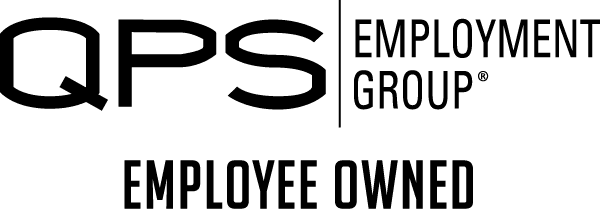Injuries on the job happen and as an employer, your follow up after these can either be an asset or a liability. Having a step-by-step process that your company follows after an injury is key to making the claims process run smoothly and keeping you in compliance.
Not sure where to start? These 5 best practices will help your company develop a standard process.
Document, Document, Document
Get all the details. Be like a nosy neighbor trying to gather all the juicy “tea” about the incident as soon as possible, then document it as if your life depends on it. Seriously though, it’s so difficult to go back after the fact and gather important information about how and why the incident happened, in a credible way. Think about things like, “what were they lifting? How much did it weigh? What were its measurements? What were they doing with the thing they lifted? How many times did they lift that thing in a shift? Is this within their normal everyday job duties or something out of the norm for this injury employee?” The more specific the better.
Preserve the Scene
Support your documentation with photos, video, witness statements, preservation of whatever materials were involved.
Can you install cameras in your workspaces, most importantly anywhere manual labor is performed? Think about where your risk is, what work is your team doing that could reasonably result in a team member alleging an injury – consider installing cameras to capture those areas. Aim for cameras with digital video that is in color, clearly visualizes people (ideally detailed enough that you can identify someone’s face and the materials they are working with) and is easily accessible/shareable.
Be sure to immediately pull the video of any incident reported and store it safely in a sharable way. No matter how small the incident may seem, video literally tells the story so there’s no room for questions down the road.
Communication Station
Live here. Live in communication station. The more contact you have with your claims team, injured worker, medical providers, (within legal expectations) etc. the better!
Ask questions about everything. Ask the claims team what should happen next in the file. Ask the injured worker if they feel like they’re getting better with the treatment they’re undergoing. Ask the doctor if they understand the job the injured worker was doing when hurt. Ask the doctor if they have a good understanding of what light duty work you can offer while your team member heals.
Keep All Injured Team Members Working
No matter what. Find an opportunity for the injured team member to be at work, participating in the team’s productivity and comradery if at all possible. Research proves that the longer someone is out of work, the less likely they are to return.
Keeping injured team members working keeps them in a routine, supports their mental health, provides financial stability during a difficult time of healing, keeps you in touch with the injured worker which avoids gaps in communication, etc. Truly, the benefits are endless and can’t be overstated!
It can be difficult and “sticky” at times to have an injured team member in your place of business, potentially interacting with teammates and/or customers. We feel the challenges this can present.
Documentation comes in as king again here. If your injured team member causes “drama” while working light duty, follow your written disciplinary procedures and document the process to a “T”. Some states will still require you to pay benefits under the claim if your injured team member isn’t able to work, despite your efforts at accommodating their needs. Regardless, the process and documentation will be valuable to the situation somehow. Promise!
Consult the Experts
When you have questions, ask before action. That’s not to say you can’t/shouldn’t handle things as you see fit if you’ve had experience previously and feel confident in how to proceed. If not, reach out to your Workers’ Compensation claims carrier. Even if they can’t answer all of your questions, they should be able to access resources who can!
QPS can help! By utilizing our associate employee (AE) base to keep your productivity on track, you get a dedicated WC claims and Safety team managing any injury sustained by an AE. We’ll work with you to investigate what happened, communicate consistently with our claims team, creatively problem solve for accommodation of modified duty and resolve/settle claims for the “right” amount. We strive to do the right thing at every turn of a WC claim, aiming for the best possible outcome for all involved.
Questions or ready to learn more about how QPS can help you streamline this process? Please reach out to your QPS Account Executive to learn more.
This is not medical or legal advice but is evidence and experience-based recommendations.
